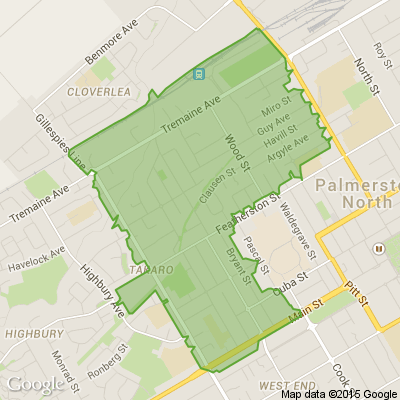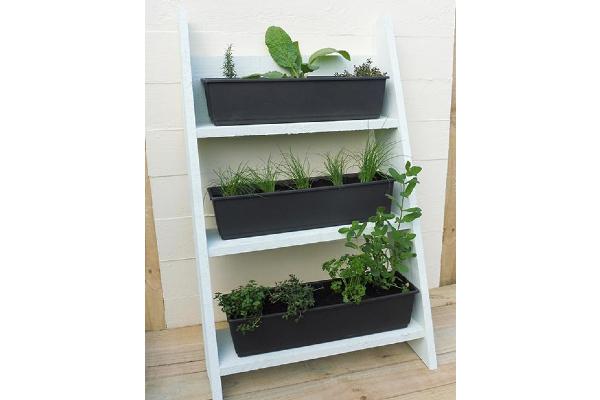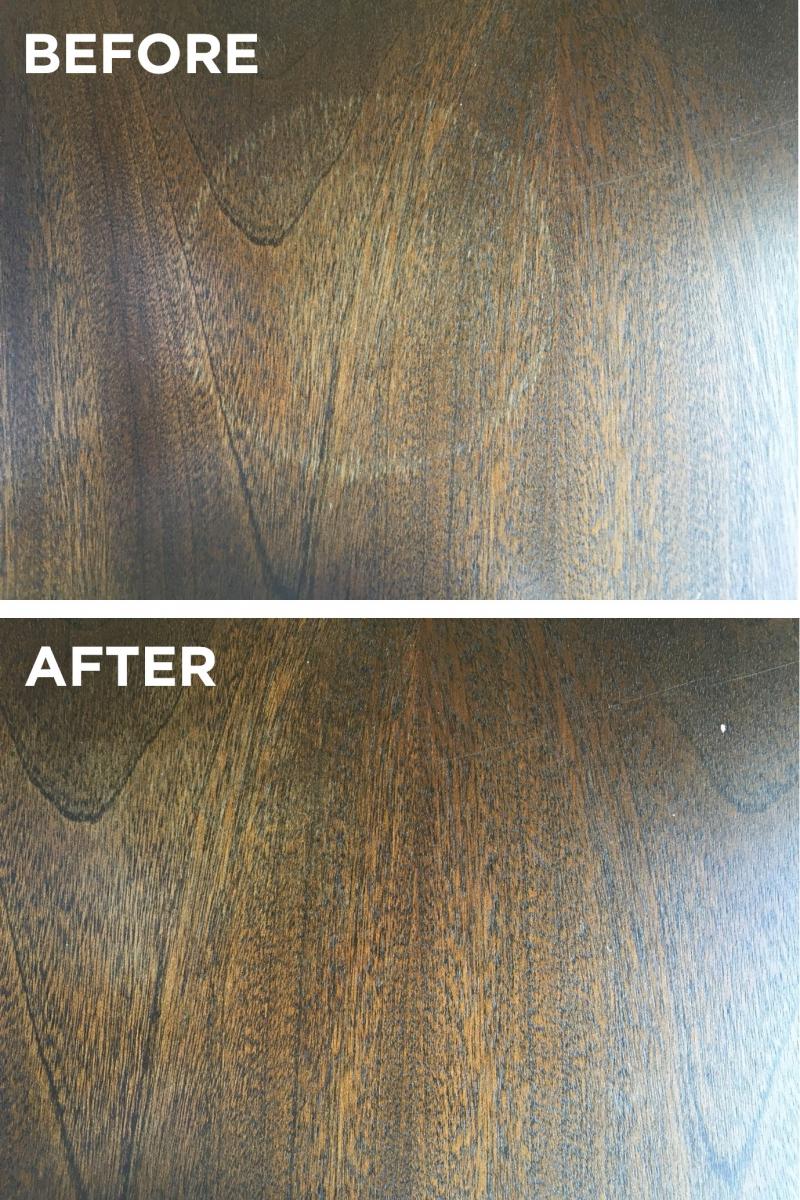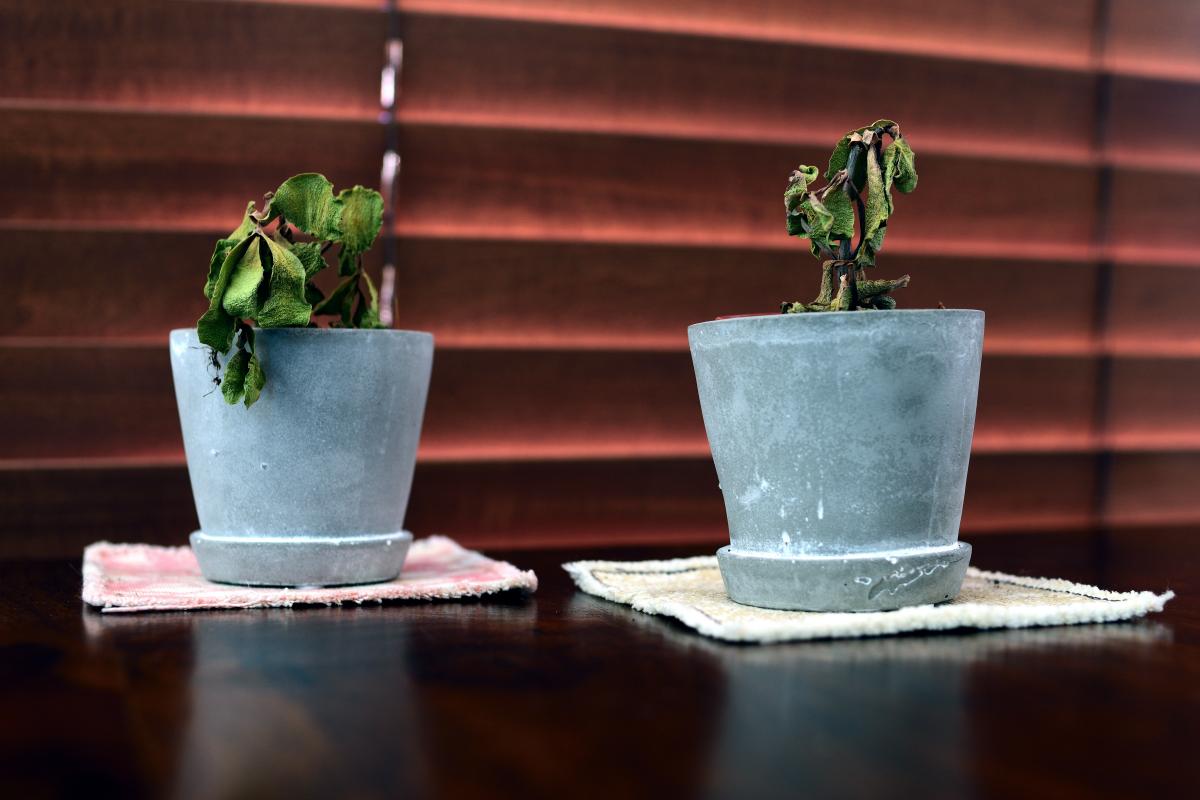
Know what’s happening
Access the private noticeboard for verified neighbours near you. Keep informed about any suspicious activity, send urgent updates to your neighbours when required and discuss emergency planning.
Get to know your neighbours
Browse the directory and start getting to know your neighbours. Don’t want to post to the whole neighbourhood? Send a private message.
Buy, sell and give away
Want to declutter your garage? Buy some used household items? Give away some garden stuff? Become a verified neighbour to browse and post items for sale. Trading is simple when everyone lives nearby.


Know something that could keep your neighbours safe?
Share it here on Neighbourly

Thank you for using Neighbourly
You may receive an email confirmation for any offer you selected. The associated companies will contact you directly to activate your requests.
The Team from Resene ColorShop Palmerston North
Create more space in your garden with these handy garden shelves. Try out an easy to create distressed paint effect using two Resene colours.
Make the most of this weekend with this easy step by step project idea from Resene. Find out how to create your own

Think of a neighbour that's done wonders in your neighbourhood, who's helped you out without you even asking them or who's dropped some homegrown goodies to you just because they can.
You thought of one yet? Now craft that thought into a nomination that could earn your neighbour … View moreThink of a neighbour that's done wonders in your neighbourhood, who's helped you out without you even asking them or who's dropped some homegrown goodies to you just because they can.
You thought of one yet? Now craft that thought into a nomination that could earn your neighbour recognition in all of Stuff's community papers nationwide - you could even score a bit of cash from us!
It's simple - Click the button below and nominate them on our Nice Neighbour nomination page now
Nominate Now!

Maryann from Highbury - Westbrook
I try and make my house nice in my neighbourhood ... planted roses and some nice lights etc ... why why would some scum bag would steal them... if any one sees a large red rose and a white standing rose... also a lamp like solar light with some small ones theses are mine... and I want them back. … View moreI try and make my house nice in my neighbourhood ... planted roses and some nice lights etc ... why why would some scum bag would steal them... if any one sees a large red rose and a white standing rose... also a lamp like solar light with some small ones theses are mine... and I want them back. Thank you
Darrien from Roslyn - Terrace End
Labouring work required by 52 year old Male.
Kitchenhand/dish washer, brick laying, furniture removal, landscaping section clearing or laundry helper.
Hard working and reliable.
Physically fit so I dont mind physically demanding labour.
Flexible to work any hours day or night.
If you have … View moreLabouring work required by 52 year old Male.
Kitchenhand/dish washer, brick laying, furniture removal, landscaping section clearing or laundry helper.
Hard working and reliable.
Physically fit so I dont mind physically demanding labour.
Flexible to work any hours day or night.
If you have work you would like a hand with please call any time.
Available for early starts Monday to Friday.
I have no qualifications or drivers license.
I am avail for work immediately
Please phone Darrien on 02108690801
No txt messaging please.
Leanne from Roslyn - Terrace End
My friend is looking for a freestanding (preferably acrylic) bath for use outside. Fair condition okay. Not too concerned about the style either.
The Team from Red Cross Shop Palmerston North
Bookworms Listen This week we have a BIG sale going on .....Don’t miss out on our fantastic sale
All books and magazines for this week only reduced to $1.00

11 replies (Members only)
Robert Anderson from Curtain Clean Palmerston North
The internet is awash with natural cleaning hacks. We put them to the test.
1. REMOVING A WATERMARK BY RUBBING WITH A WALNUT
The advice: Get rid of watermarks on wood by rubbing it with pieces of walnut (the nut not the shell).
How it worked: Vigorous rubbing was needed and we went … View moreThe internet is awash with natural cleaning hacks. We put them to the test.
1. REMOVING A WATERMARK BY RUBBING WITH A WALNUT
The advice: Get rid of watermarks on wood by rubbing it with pieces of walnut (the nut not the shell).
How it worked: Vigorous rubbing was needed and we went through a few walnuts, but gradually the watermark disappeared. A quick polish with a clean cloth to finish it off.
Worth repeating? Yes, we were surprised at how well it worked, we even tried it on larger surfaces and it did the trick there too. | Rating: 5/5
2. USE OIL TO GET RID OF GREASE STAINS ON STAINLESS STEEL
The advice: Use a smear of olive oil (or similar) on a rag to clean fingerprints and grease smears off stainless steel appliances.
How it worked: Like a dream! It was easier and neater than using the spray-on stainless steel cleaner I have been buying from the supermarket. Trick is not to use too much, you just need the slightest smear...
Keep reading (with pictures: www.curtainclean.co.nz...)

The Team from Red Cross Shop Palmerston North
I apologise for the confusion which has come about with the $1.00 book sale.Please note that the sale is on at the Red Cross Retail Store 931 Tremaine Avenue corner Malden street
Once again our apologies
Team Red Cross
Quinton from Milson
Looking for someone to sandblast repair and powdercoat our garden settee. Cast aluminium.
Got a crack in the table
Exceed - we fix windows and doors
Check out this very happy customer with his new Yale Digital Lock installed by Exceed.
Thinking of going key-less too?
Our Exceed technicians can help you find the right digital lock option for your home or rental property needs.
With a digital lock you can forget about carrying around keys. You… View moreCheck out this very happy customer with his new Yale Digital Lock installed by Exceed.
Thinking of going key-less too?
Our Exceed technicians can help you find the right digital lock option for your home or rental property needs.
With a digital lock you can forget about carrying around keys. You can lock and unlock your home with your smartphone. Share digital keys with friends and family, view access history and customize lock settings and pin codes, all from the app.
NEED A DIGITAL LOCK?
Call us on 0800 25 25 00 or visit www.exceed.co.nz...
Exceed - we fix windows & doors
www.youtube.com...
Reporter Homed
UPDATE: Thank you for all your questions. We're picking the best to send off to the houseplant doctor from Kings Plant Barn and the answers will be published in an article on Homed soon.
Are your houseplants looking worse for wear? The experts at Kings Plant Barn would love to help. Send us … View moreUPDATE: Thank you for all your questions. We're picking the best to send off to the houseplant doctor from Kings Plant Barn and the answers will be published in an article on Homed soon.
Are your houseplants looking worse for wear? The experts at Kings Plant Barn would love to help. Send us your houseplant questions and problems to homed@stuff.co.nz, or leave them in the comments, for the houseplant doctor to diagnose. Pictures are encouraged.

107 replies (Members only)
Andrew from Roslyn - Terrace End
I have a small sideline business making lights and furniture and other items. Marketing is online but I am hopeless at online stuff, if you are good at it have some spare time and would like to be involved in a local small venture from the beginning please get in touch, and yes I will pay for the … View moreI have a small sideline business making lights and furniture and other items. Marketing is online but I am hopeless at online stuff, if you are good at it have some spare time and would like to be involved in a local small venture from the beginning please get in touch, and yes I will pay for the help though the budget is not high currently. 0274461981
Quinton from Milson
Hi Neighbours - I just saw this property come available for rent online - I know there's a lot of people looking for rentals at the moment.
sharing is caring!
www.century21.co.nz...
We are all loving this beautiful weather, but your hair may not be..
Time to give your hair a special treat.
For the month of March every client who is booked in for a colour, will receive a free in salon conditioning treatment
#sunnydays☀️ #hairtreatment #hipropachairtreatment
The Team from Neighbourhood Support New Zealand
This month is all about bringing your community together and having a great time! We want March to be all about celebrating the connections we have while making new ones along the way. As we all know, what makes a neighbourhood great isn’t the houses and cars, gardens and streets - it’s the … View moreThis month is all about bringing your community together and having a great time! We want March to be all about celebrating the connections we have while making new ones along the way. As we all know, what makes a neighbourhood great isn’t the houses and cars, gardens and streets - it’s the people who share their presence and aroha with each other.
A wonderful way to take part is to participate in Neighbours Day Aotearoa which takes place from 20 - 30th March. This year’s theme is ‘The Great Plant Swap’ - as an easy way for our neighbourhoods to grow stronger together. If you’re hosting an event, make sure to register it on their website: neighboursday.org.nz/join-in
Show us how you’re celebrating community this month by tagging us in your social media posts or emailing us your photos, videos, or experiences to: info@neighbourhoodsupport.co.nz

 Loading…
Loading…
Are you sure? Deleting this message permanently removes it from the Neighbourly website.
 Loading…
Loading…

 Buyers $939,000+
Buyers $939,000+


 Marketed by Taylor Quine
Marketed by Taylor Quine

 By Negotiation
By Negotiation



 Marketed by Georgia Carian
Marketed by Georgia Carian

 Buyers $659,000+
Buyers $659,000+



 Marketed by Catherine Richardson
Marketed by Catherine Richardson

 Buyers $649,000+
Buyers $649,000+



 Marketed by Catherine Richardson
Marketed by Catherine Richardson

 By Negotiation
By Negotiation


 Marketed by Sheryl Marriott
Marketed by Sheryl Marriott

 Offers Over $689,000
Offers Over $689,000



 Marketed by Eric Dong
Marketed by Eric Dong

 Buyers $558,000+
Buyers $558,000+



 Marketed by Paul Lynch
Marketed by Paul Lynch

 Buyers $899,000+
Buyers $899,000+



 Marketed by Katherine Higgan
Marketed by Katherine Higgan

 Buyers $585,000+
Buyers $585,000+



 Marketed by Jude Challies
Marketed by Jude Challies
© Neighbourly 2025
